This recession has gone on so long, it’s hard to even imagine a time when you didn’t have to beat out 50 other people to get that entry-level desk job. But there was a time, not even that long ago, when jobs for degree holders were plenty, pay was good, and hiring was strong. We’ve laid out the best times in history to graduate. Hopefully this will serve to reassure you that there is light at the end of the tunnel.
-
1953:
Economists disagree on what constitutes “full employment,” but for some, the summer of 1953′s job market qualifies. In both May and June, unemployment held at an all-time low of 2.5%. About 40% of the labor market at the time was manufacturing or otherwise unskilled jobs, bolstered by the need to supply our troops fighting in the Korean War. While these jobs took a hit when the war ended in July, and the country entered a short recession in the third quarter due to a failed government monetary policy, college grads had a world of opportunities. They started companies, managed banks, and got in on the ground floor of emerging technologies.
-
1969:
College grads didn’t worry about finding jobs in the ’60s; they were readily available. Although professional occupations made up only 11% of the job market in 1969, it was still a good time to be looking for a job. Unemployment hit its lowest yearly average in 16 years, 3.5% nationally. In May and June, graduation time, it was even lower, at 3.4%. The 2.3 million jobs added were the biggest rise in 22 years. The year capped off a prosperous five years that had seen wages, salaries, and corporate profits go up 50%.
-
1973:
The job market faced by the class of ’73 was helped by the fact that even by that time, only 47% of high school grads went on to college, and even fewer stayed long enough to earn degrees. So for the most part, college graduates had their pick of white-collar jobs. The national unemployment rate of 4.8% would not be that low again until May 1997. Although a stock market crash took a toll, white-collar unemployment was still only 3%. Total employment had its biggest percentage increase since 1955, with 1.1 million jobs added to the market.
-
1987:
The worst thing the class of ’87 had to worry about with their job search was drug tests. (And it being the coke-crazed ’80s, they probably did worry.) But the job market was rosy: American economic expansion hit its fifth year, and unemployment dropped almost a full percentage point from January to December. The labor force saw an addition of almost 3 million jobs. Demand for workers with college degrees increased to the point that the premium for possessing a degree meant a 49% increase in wages. As the Los Angeles Times put it, even “job-hungry liberal arts graduates who worry that they will wind up pumping gas are likely instead to find that demand is up for their talents.”
-
1988:
The good news continued in ’88, as the Reagan economy stayed strong despite fears of fallout from an October 1987 stock market crash. Employment expanded quickly while unemployment stayed low, 5.5% nationally and about 3.5% for white-collar jobs. It was the labor market’s sixth consecutive year of growth. About 1 million students were estimated to graduate that year, which placement experts were calling the best in five years. Job openings were up 3.8% on average, and 3.5 million jobs were added. Accountants and chemical engineers had it best, each seeing starting salary increases of at least 9%.
-
1989:
Economists have found that every percentage point increase in national unemployment means a 6-7% loss of wage earnings for new college grads. For the class of 1989, their excellent job market meant $100,000 more in 17 years than the class of 1982. The ’89 grads were blessed with a great market for professionals, especially in science and engineering, which were actually facing a shortage of workers with those degrees. The finance industry also expanded greatly. National unemployment stayed at the low level of around 5.2% all summer, and starting salaries increased 4.6% on average.
-
1997:
As Bloomberg News recently pointed out, Democratic presidents have been responsible for much more job growth (nearly two-thirds in 50 years) than their Republican counterparts. Case in point: President Bill Clinton. The labor force grew by 217,000 new jobs each month on average during his presidency. In ’97, 3.2 million jobs were added and unemployment averaged just 4.9% for the year. According to the IU School of Business, marketing and sales majors were calling the environment “the best job market ever,” while demand was also high for degree holders in computer information systems, programming, systems analysis, operations management, accounting, and finance.
-
1999:
These days, it’s virtually a given that any good news in hiring be accompanied by a headline with the words “like it’s 1999.” That’s because it was a bonanza year for the job market. “Virtually every sector in the economy was growing,” said Labor Secretary Alexis Herman. The unemployment started the year at 4.3% and ended at 4%. While jobs in manufacturing fell, college degree-level jobs were strong in everything from engineering to English. IT and business jobs exploded as companies and investors began to wrap their heads around the power of the Internet for commerce.
-
2000:
As the tech boom was hitting maximum velocity, unemployment reached a 31-year low of 3.8% in April of 2000. And like a modern-day Gold Rush, entrepreneurs were launching tech companies left and right. Grads were being recruited right out of college for $50,000 or more and immediately deployed back to their own campuses to recruit more tech-minded students. As one industry magazine put it, “Engineering and business school grad students … could not have picked a better time to enter the real world.” Profits were up. Incomes were up. Hiring was up. And there seemed to be no end in sight.
-
2007:
This year’s job market was strong on its own merits, but compared to every year since, it was phenomenal. Forty-seven percent of employers surveyed said they planned to hire. More than half of college seniors had accepted a job before graduating, according to The National Association of Colleges and Employers (compared to just 19% two years later). Average starting salaries were up across the board, like the 5.4% increase for chemical and civil engineers, and 6.1% for marketing majors. Even liberal arts wages went up, with history majors making 3.3% more and political science students 5.9% more.
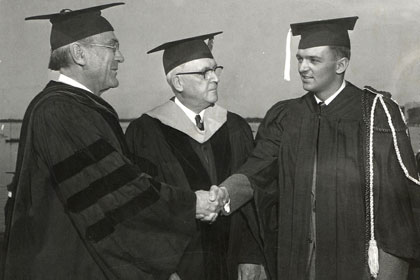
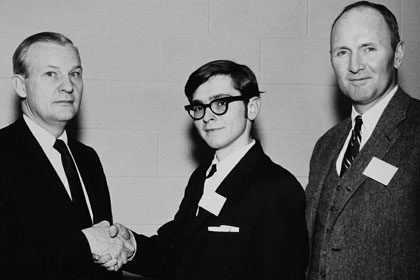
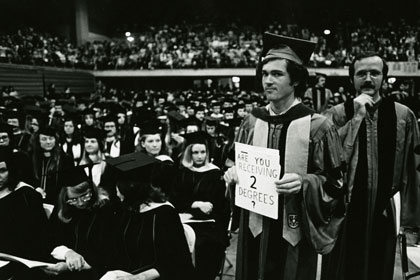
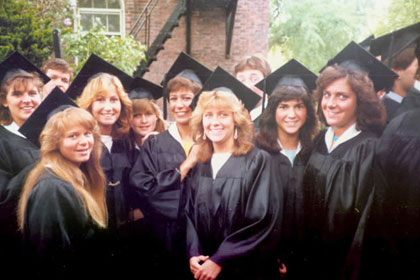
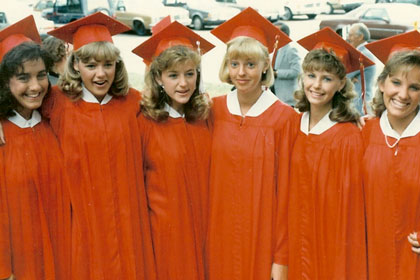
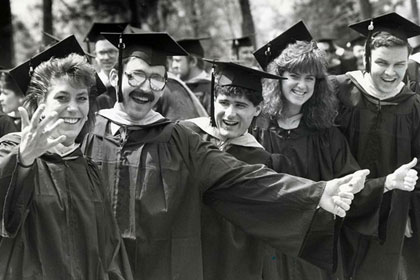
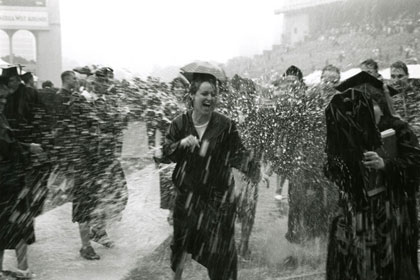
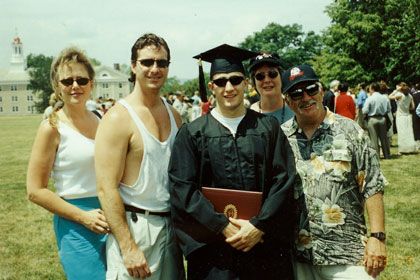
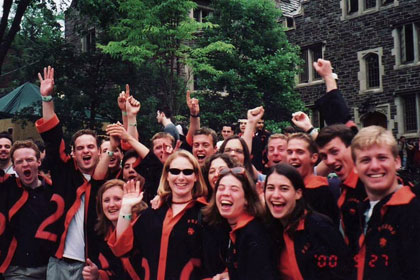
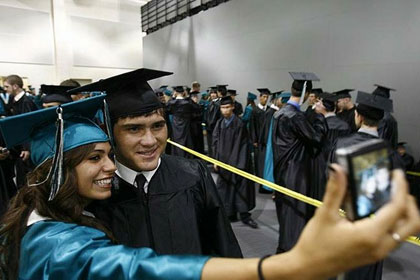
No comments:
Post a Comment